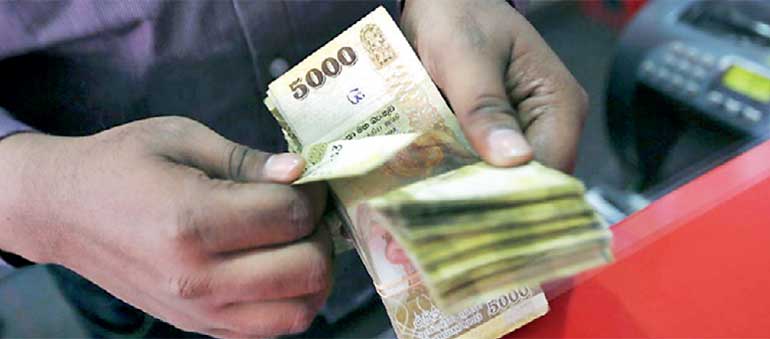Sunday Dec 07, 2025
Sunday Dec 07, 2025
Monday, 17 October 2022 04:41 - - {{hitsCtrl.values.hits}}

 There has been an outcry against tax changes proposed in the wake of Sri Lanka’s declaration of bankruptcy. Much has been said about the impact on individual taxpayers; this post also focuses on those.
There has been an outcry against tax changes proposed in the wake of Sri Lanka’s declaration of bankruptcy. Much has been said about the impact on individual taxpayers; this post also focuses on those.
Sri Lanka’s tax regime became ridiculously relaxed with irrational changes effective January 2020. It is clear that taxes should be higher, though many may reasonably object to this as there appears to be no meaningful action, yet, to:
1. Widen the tax net
2. Prosecute corrupt persons, and recover stolen assets
3. Cut Government expenditure and reduce Sri Lanka’s bloated public sector
If we accept that more tax should be paid, we would expect professionalism in the way changes are formulated, considering taxpayers’ ability to bear the burden. That requires insight into the impact of inflation on the taxpayer, given that the rupee has depreciated 45% vs. the USD, that food inflation is now 90% and that overall inflation is now 70%. This sensitivity has been lacking so far.
The changes proposed are substantially different to those expected following the Interim Budget presented in May 2022, in relation to:
1. Personal relief (Rs. 1.2 m now proposed vs. Rs. 1.8 m expected)
2. Tax slabs (five of Rs. 0.5 m now proposed vs. seven of Rs. 1.2 m expected) and
3. Progressive tax rates (six, ending with 36% now proposed vs. eight, ending with 32% expected)
In summary:
a. The changes expected would have seen the highest rate of 32% kick in at Rs. 10.2 m ($ 28,400) taxable income (by which point tax totalling Rs. 1.344 m would have been paid)
b. The changes now proposed would see the highest rate of 36% kick in at Rs. 3.7 m ($ 10,300) taxable income (by which point tax totalling Rs. 0.440 m would have been paid)
Another significant change from expectation is in respect of the taxing of interest. Whereas the withholding tax specified is 5%, this was expected to be a final tax (with relief of Rs. 1.5 m available to senior citizens); the proposal now is that this would not be a final tax (and there would be no senior citizen relief).
The lack of balance in the proposal is clearly evident. We can only hope sanity will prevail and the proposal is modified by:
i. Increasing personal relief to, say, Rs. 1.5 m
ii. Widening tax slabs to, say, Rs. 1 m, so the maximum rate kicks in at, say, Rs. 6.5 m ($ 18,100)
iii. Changing progressive rates of tax to, say, 5%, 10%, 15%, 20%, 25%, and ultimately 30%
iv. Making withholding tax on interest a final tax, increasing the rate to 10% (or even 15% if senior citizen relief of, say, Rs. 1 m) is granted)
This would increase the assured flow of tax revenue through trusted collection points like banks, reduce the need for Inland Revenue to police tax on interest, and (hopefully) catalyse a new thrust to net tax evaders, who like the corrupt are parasites feeding on Sri Lankan society.
(The writer is an Independent Non Executive Director.)